Appendix F: EQ-i® 2.0 South African Norms
This appendix presents the statistical results pertaining to the development of the South African EQ-i 2.0 Norms and EQ 360 2.0 Norms. Please see South African Norms for full interpretive text.
- Table F.1. Age × Gender Distribution of the South African EQ-i 2.0 Normative Sample
- Table F.2. Geographic Region Distribution of the South African EQ-i 2.0 Normative Sample
- Table F.3. Ethnicity Group Distribution of the South African EQ-i 2.0 Normative Sample
- Table F.4. Education Level Distribution of the South African EQ-i 2.0 Normative Sample
- Table F.5. Employment Status Distribution of the South African EQ-i 2.0 Normative Sample
- Table F.6. Occupation Area Distribution of the South African EQ-i 2.0 Normative Sample
- Table F.7. Multivariate Effects of Age and Gender in the EQ-i 2.0 South African Normative Sample
- Table F.8. Effect Sizes for Gender and Age Effects in the EQ-i 2.0 South African Normative Sample
- Table F.9. Gender Differences in the EQ-i 2.0 South African Normative Sample
- Table F.10. Age Differences in the EQ-i 2.0 South African Normative Sample
- Table F.11. Ethnicity Group Differences in the EQ-i 2.0 South African Normative Sample
- Table F.12. Effect Sizes for Ethnicity Group Differences in the EQ-i 2.0 South African Normative Sample
- Table F.13. Summary of Items that Display Differential Item Functioning
- Figure F.1. Test Characteristic Curves for Black and White Respondents on Optimism
- Figure F.2. Test Characteristic Curves for Black and White Respondents on Reality Testing
- Figure F.3. Test Characteristic Curves for Black and White Respondents on Problem Solving
- Figure F.4. Test Characteristic Curves for Black and White Respondents on Interpersonal Relationships
- Figure F.5. Test Characteristic Curves for Black and White Respondents on Self-Actualization
- Figure F.6. Histogram of EQ-i 2.0 Total EI Standard Scores in the South African Normative Sample
- Table F.14. South African Normative Sample Scored with North American Professional Norms
- Table F.15. Internal Consistency of EQ-i 2.0 Scales in the South African Normative Sample
- Table F.16. Correlations Among EQ-i 2.0 Composite Scales in the South African Normative Sample
- Table F.17. Correlations Among EQ-i 2.0 Subscales in the South African Normative Sample
- Table F.18. Length of Rater/Ratee Relationship in the South African EQ 360 2.0 Normative Sample
- Table F.19. Strength of Rater/Ratee Relationship in the South African EQ 360 2.0 Normative Sample
- Table F.20. Frequency of Rater/Ratee Interactions in the South African EQ 360 2.0 Normative Sample
- Table F.21. Ratee Age Group by Gender Distribution in the South African EQ 360 2.0 Normative Sample
- Table F.22. Distribution of Ratee Gender and Age Group by Rater Type in the South African EQ 360 2.0 Normative Sample
- Table F.23. Geographic Region Distribution of Ratees in the South African EQ 360 2.0 Normative Sample
- Table F.24. Ethnicity Group Distribution of Ratees in the South African EQ 360 2.0 Normative Sample
- Table F.25. Education Level Distribution of Ratees in the South African EQ 360 2.0 Normative Sample
- Table F.26. Employment Status Distribution of Ratees in the South African EQ 360 2.0 Normative Sample
- Table F.27. Occupation Area Distribution of Ratees in the South African EQ 360 2.0 Normative Sample
- Table F.28. Effect Sizes for Gender, Age, and Rater Type Effects in the South African EQ 360 2.0 Normative Sample
- Table F.29. Gender Differences of Ratees in the South African EQ 360 2.0 Normative Sample
- Table F.30. Ratee Age Differences in the South African EQ 360 2.0 Normative Sample
- Table F.31. Rater Type Differences in the South African EQ 360 2.0 Normative Sample
- Figure F.7. Histogram of EQ 360 2.0 Total EI Standard Scores in the South African Normative Sample
- Table F.32. South African EQ 360 2.0 Normative Sample Scored with North American EQ 360 2.0 Norms
- Table F.33. Ethnicity Group Differences in the South African EQ 360 2.0 Normative Sample
- Table F.34. Internal Consistency of EQ 360 2.0 Scales in the South African Normative Sample
- Table F.35. Correlations Among EQ 360 2.0 Composite Scales in the South African Normative Sample
- Table F.36. Correlations Among EQ 360 2.0 Subscales in the South African Normative Sample
Table F.1. Age × Gender Distribution of the South African EQ-i 2.0 Normative Sample
The following table presents the distribution of the South African EQ-i 2.0 normative sample, categorized by age group and gender. An equal number of men and women were sampled at each age group.

Table F.2. Geographic Region Distribution of the South African EQ-i 2.0 Normative Sample
The following table presents the geographic region distribution by province for the South African EQ-i 2.0 normative sample. Data were collected from a wide variety of geographic regions throughout South Africa, covering all nine provinces.
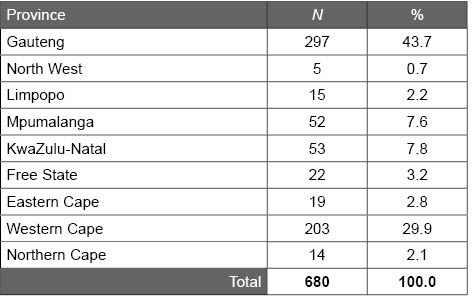
Table F.3. Ethnicity Group Distribution of the South African EQ-i 2.0 Normative Sample
The following table summarizes the ethnicity group distribution of the South African normative sample.
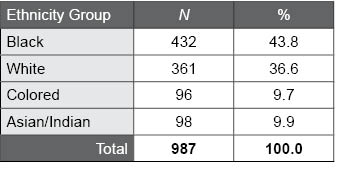
Table F.4. Education Level Distribution of the South African EQ-i 2.0 Normative Sample
The following table summarizes the education level (i.e., highest level of attained education) distribution of the South African normative sample. Most applications of the EQ-i 2.0 in South Africa (and in other countries) are within professional contexts, and as such most of the data was collected from individuals with higher education levels.
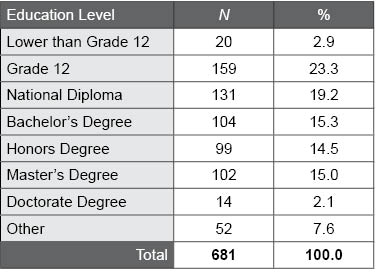
Table F.5. Employment Status Distribution of the South African EQ-i 2.0 Normative Sample
The following table summarizes the employment status distribution of the South African normative sample.
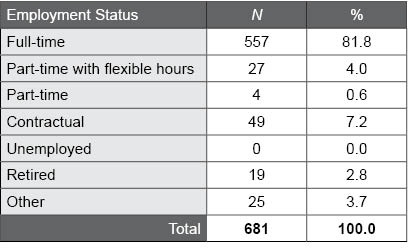
Table F.6. Occupation Area Distribution of the South African EQ-i 2.0 Normative Sample
The following table summarizes the occupation area distribution of the South African normative sample.
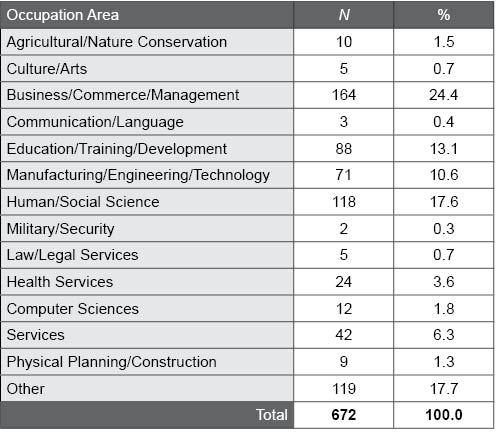
Table F.7. Multivariate Effects of Age and Gender in the EQ-i 2.0 South African Normative Sample
The following table summarizes the results from the multivariate analyses of variance (MANOVAs) conducted on the composite scales and subscales to examine effects of gender, age, and the interaction between gender and age on EQ-i 2.0 scores in the South African normative sample. Wilks’ lambda ranges from 0.00 to 1.00 and depicts the amount of variance not explained by the demographic variable. F and p values convey the statistical significance of the effect. Partial η2 values provide an effect size for describing the effects as small, medium, or large. Meaningful effect sizes (i.e., partial η2 ≥ .01) suggest differences among participants based on the demographic variable.
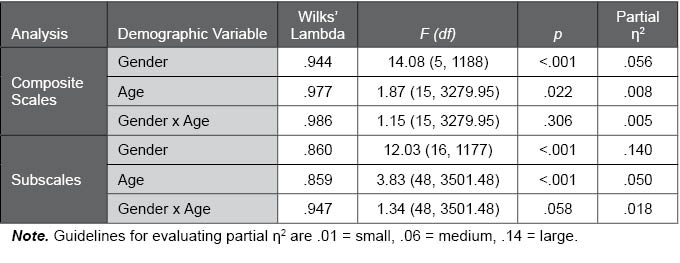
Table F.8. Effect Sizes for Gender and Age Effects in the EQ-i 2.0 South African Normative Sample
The following table summarizes the effect sizes for the effects of gender, age, and the interaction between gender and age on the EQ-i 2.0 Total EI score, composite scales, and subscales in the South African normative sample. Meaningful effect sizes (i.e., |d| ≥ 0.20, partial η2 ≥ .01) suggest differences among participants based on the demographic variable, and that separate demographic norm groups may be required.
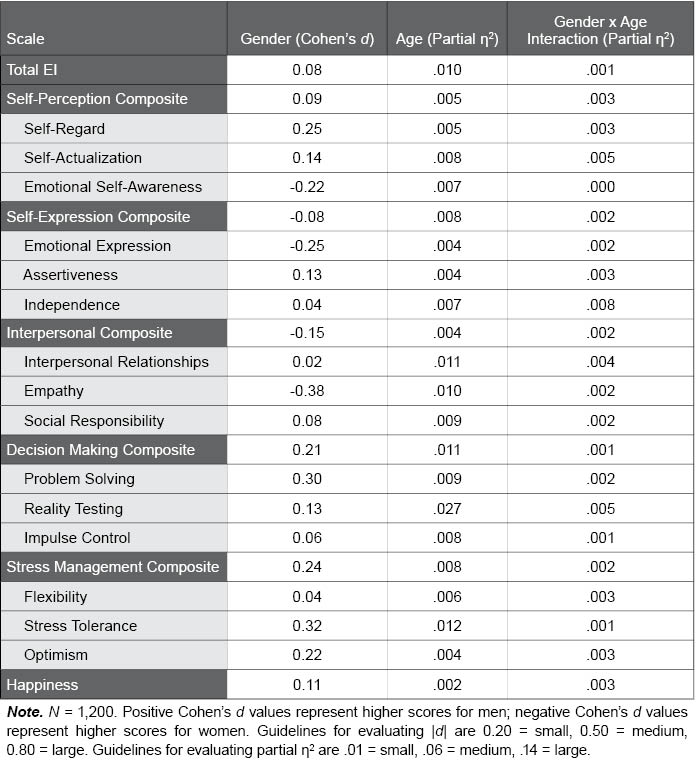
Table F.9. Gender Differences in the EQ-i 2.0 South African Normative Sample
The following table provides EQ-i 2.0 standard score scale means and standard deviations for men and women in the South African normative sample. F and p values convey the statistical significance of gender differences; p values lower than .01, which were found for several scales, indicate significant differences between men and women.
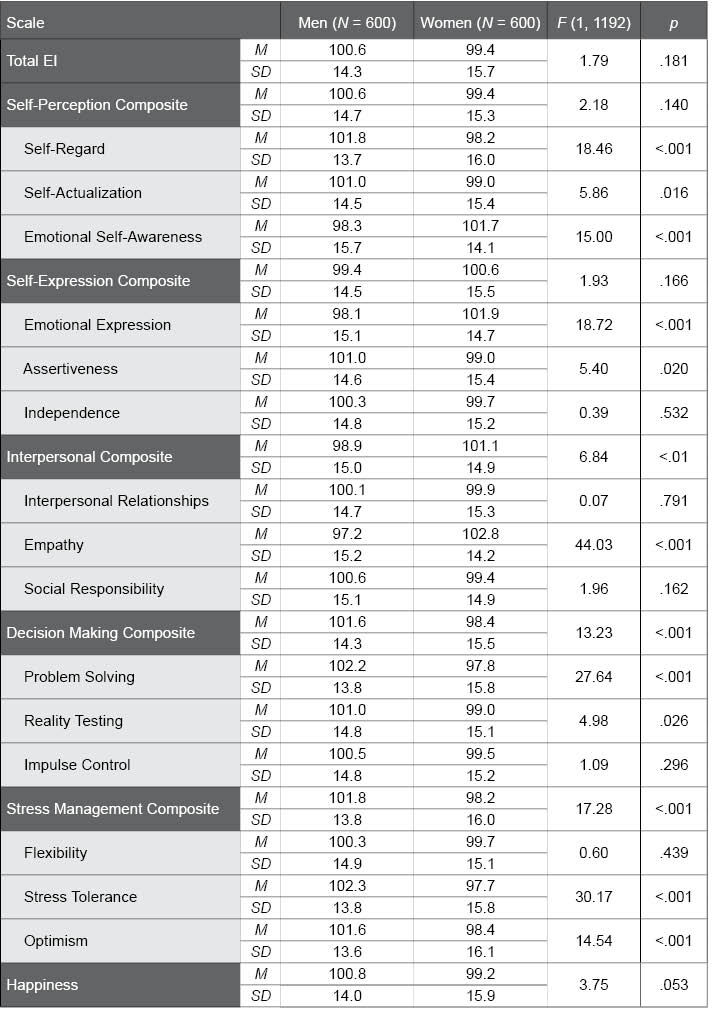
Table F.10. Age Differences in the EQ-i 2.0 South African Normative Sample
The following table provides EQ-i 2.0 standard score scale means and standard deviations for the various age groups in the South African normative sample. F and p values convey the statistical significance of age group differences; p values lower than .01, which were found for several scales, suggest significant differences among the age groups.

Table F.11. Ethnicity Group Differences in the EQ-i 2.0 South African Normative Sample
The following table provides EQ-i 2.0 standard score scale means and standard deviations for the various ethnicity groups in the South African normative sample. F and p values convey the statistical significance of ethnicity group differences; p values lower than .01, which were found for most scales, suggest significant differences among the ethnicity groups.
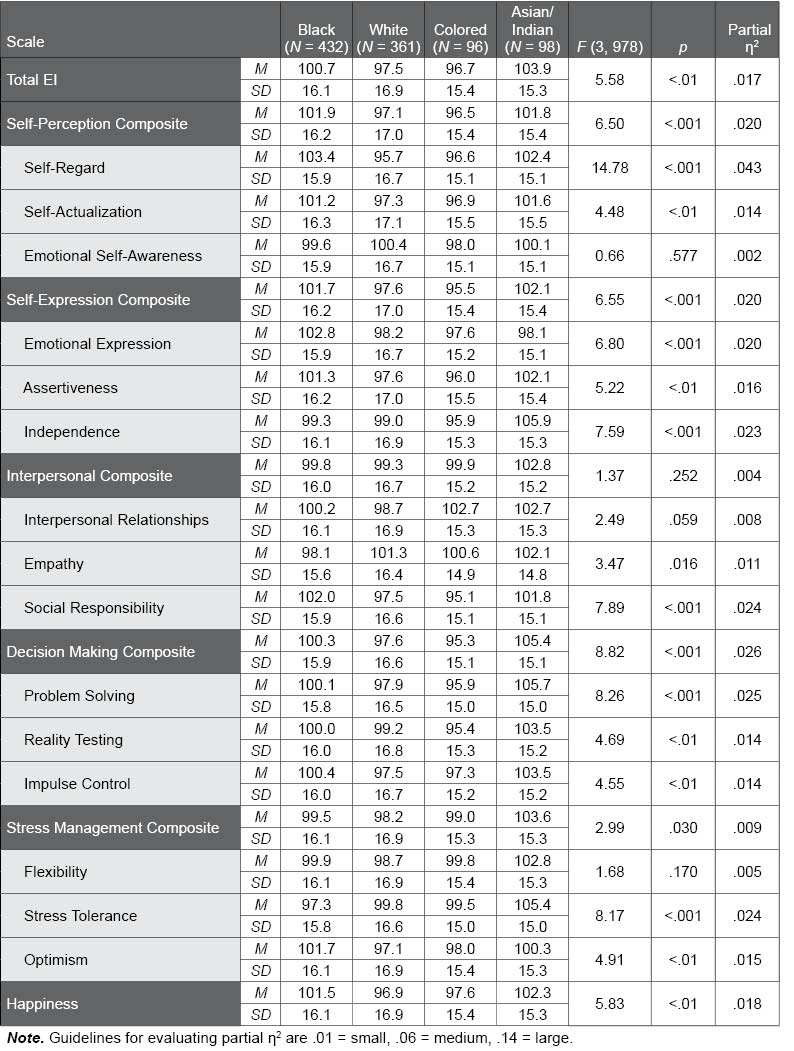
Table F.12. Effect Sizes for Ethnicity Group Differences in the EQ-i 2.0 South African Normative Sample
The following table provides effect sizes for pairwise comparisons of Ethnicity group scale means in the South African EQ-i 2.0 normative sample.
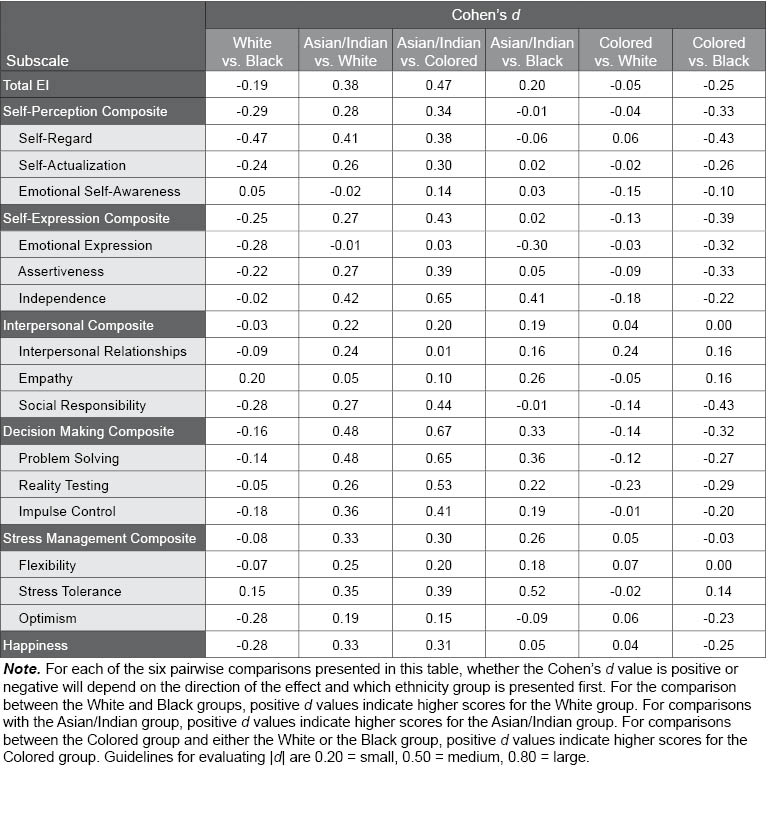
Table F.13. Summary of Items that Display Differential Item Functioning
The following table presents a summary of items that display Differential Item Functioning (DIF). F and p values convey the statistical significance of gender, age group, or ethnicity effects. Partial η2 values provide an effect size for describing the effects as small, medium, or large.

Figure F.1. Test Characteristic Curves for Black and White Respondents on Optimism
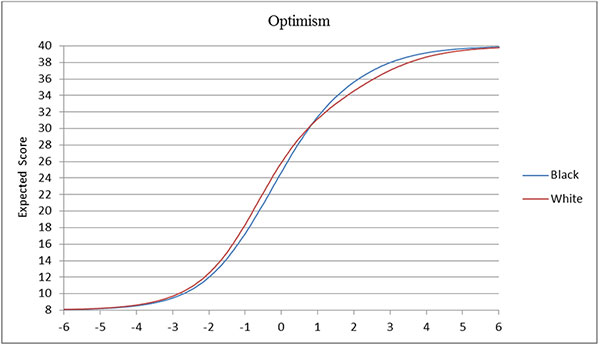
Figure F.2. Test Characteristic Curves for Black and White Respondents on Reality Testing
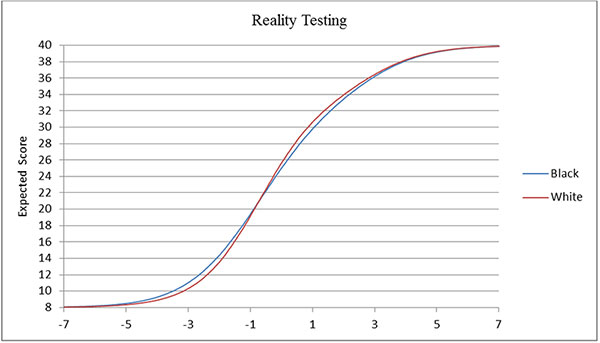
Figure F.3. Test Characteristic Curves for Black and White Respondents on Problem Solving
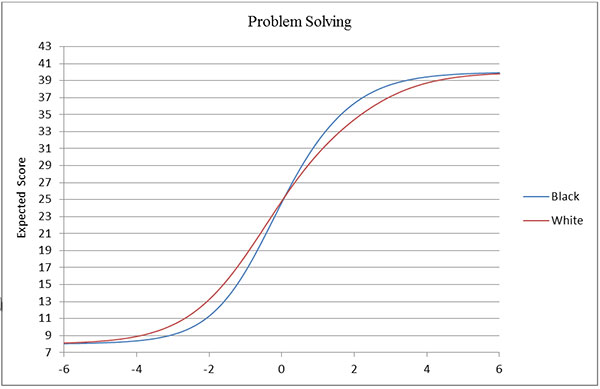
Figure F.4. Test Characteristic Curves for Black and White Respondents on Interpersonal Relationships

Figure F.5. Test Characteristic Curves for Black and White Respondents on Self-Actualization
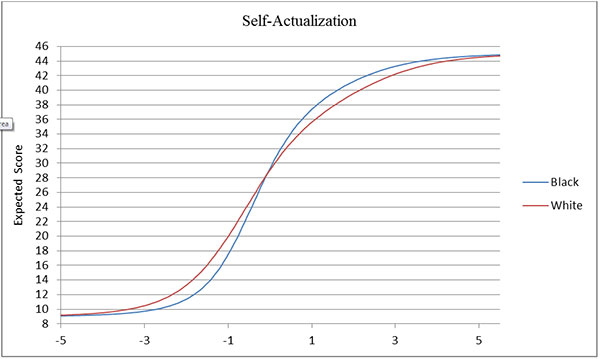
Figure F.6. Histogram of EQ-i 2.0 Total EI Standard Scores in the South African Normative Sample
This figure illustrates the distribution of EQ-i 2.0 Total EI standard scores in the South African normative sample. The distribution of the actual scores closely approximates the normal “bell-shaped” curve (shown using the black curved line), which suggests that it is unnecessary to apply a normalizing transformation to the scores. Distributions for most other composite scales and subscales show a similar pattern, some with a slight negative skew.
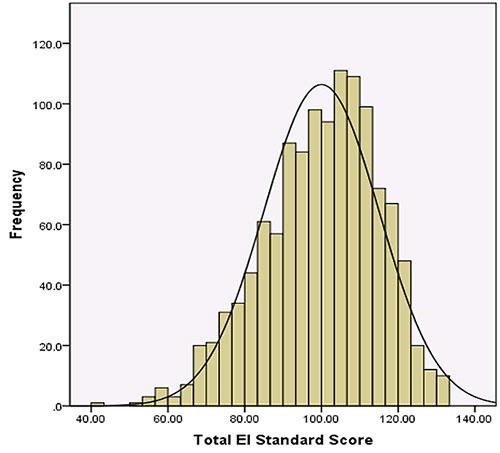
Table F.14. South African Normative Sample Scored with North American Professional Norms
The following table provides EQ-i 2.0 standard score scale means and standard deviations for the South African normative sample when scored with the North American Professional norms, and compared against a mean of 100. Cohen’s d values provide an effect size to describe differences between the samples as small, medium, or large; t and p values provide statistical significance tests for these differences.
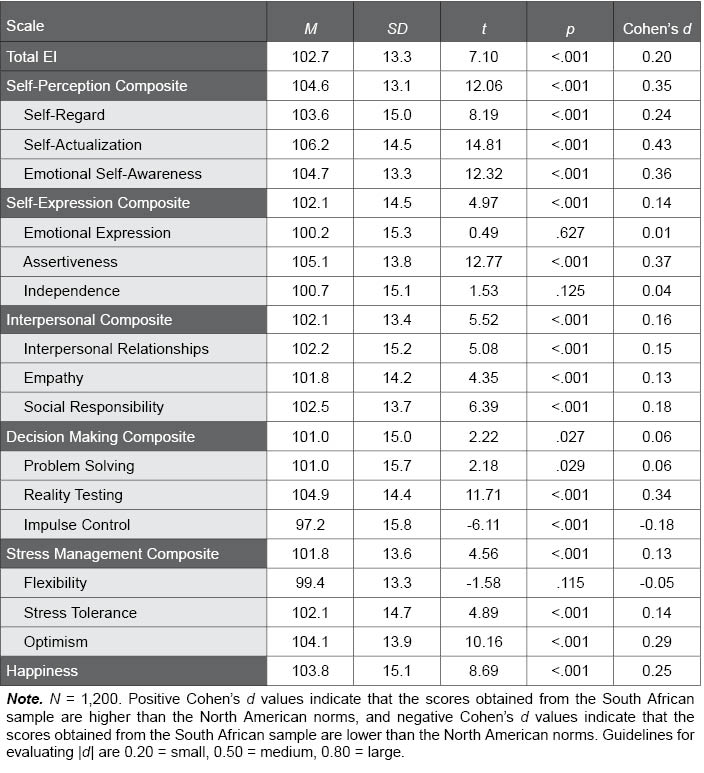
Table F.15. Internal Consistency of EQ-i 2.0 Scales in the South African Normative Sample
The following table summarizes the internal consistency (Cronbach’s alpha) values for the EQ-i 2.0 scales in the South African normative sample, presented overall and separately by age and gender norm group. Alpha values range from 0.00 to 1.00. Higher values, like those found in the South African normative sample, provide evidence for strong reliability.

Table F.16. Correlations Among EQ-i 2.0 Composite Scales in the South African Normative Sample
The following table illustrates the correlations among the EQ-i 2.0 composite scales in the South African normative sample. Correlations range from 0.00 to 1.00, with higher values suggesting the scales are interrelated and measure a common construct (i.e., emotional intelligence). Very high values (e.g., > .90) would suggest a unidimensional factor structure. Moderate to large sized correlations, like those found in the South African normative sample, support both the concept that the scales measure an underlying common construct, as well as the multidimensional factor structure of the EQ-i 2.0.

Table F.17. Correlations Among EQ-i 2.0 Subscales in the South African Normative Sample
The following table illustrates the correlations among the EQ-i 2.0 subscales in the South African normative sample. Correlations range from 0.00 to 1.00, with higher values suggesting the scales share a relevant common psychological characteristic. Shaded cells indicate correlations between subscales within the same composite scale. Moderate to large correlations were found within the composite scales, supporting both the concept that the scales measure a common psychological characteristic, as well as the multidimensional factor structure of the EQ-i 2.0.
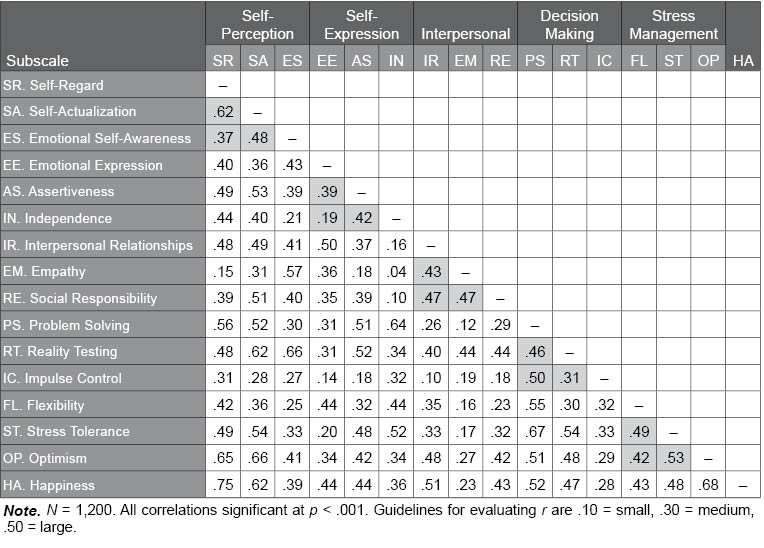
Table F.18. Length of Rater/Ratee Relationship in the South African EQ 360 2.0 Normative Sample
The following table describes the length of relationship between raters and ratees in the South African EQ 360 2.0 normative sample. The majority of raters (86.6%) indicated that they knew the ratee for at least one year.
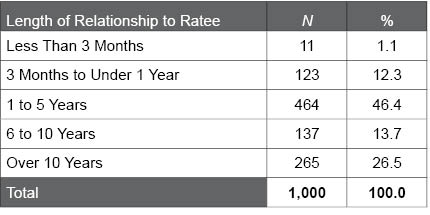
Table F.19. Strength of Rater/Ratee Relationship in the South African EQ 360 2.0 Normative Sample
The following table describes the strength of relationship between raters and ratees in the South African EQ 360 2.0 normative sample. Most raters (97.1%) knew the person they were rating at least “Fairly Well.”
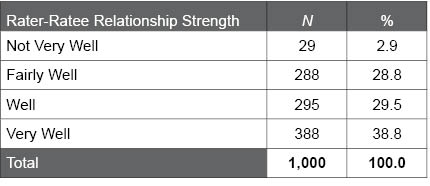
Table F.20. Frequency of Rater/Ratee Interactions in the South African EQ 360 2.0 Normative Sample
The following table describes the frequency of interaction between raters and ratees in the South African EQ 360 2.0 normative sample. Most raters (98.4%) indicated interaction with the ratee on a regular basis (i.e., at least monthly), which means the ratings are well-informed.
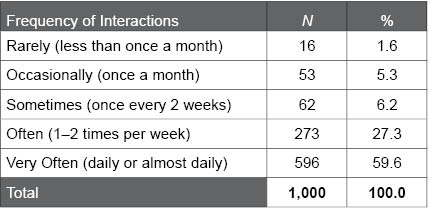
Table F.21. Ratee Age Group by Gender Distribution in the South African EQ 360 2.0 Normative Sample
The following table describes the gender distribution of the South African EQ 360 2.0 normative sample within age groups.
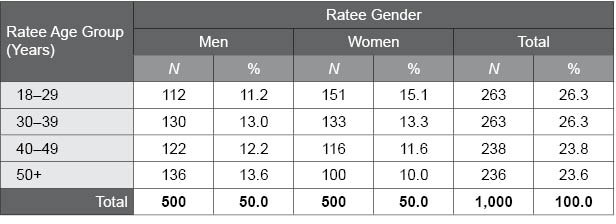
Table F.22. Distribution of Ratee Gender and Age Group by Rater Type in the South African EQ 360 2.0 Normative Sample
The following table describes the gender and age group distribution of ratees in the South African EQ 360 2.0 normative sample within each rater type.

Table F.23. Geographic Region Distribution of Ratees in the South African EQ 360 2.0 Normative Sample
The following table summarises the geographic region distribution of the South African EQ 360 2.0 normative sample, based on province. Data were collected from a wide variety of geographic regions (i.e., all nine provinces) throughout South Africa.
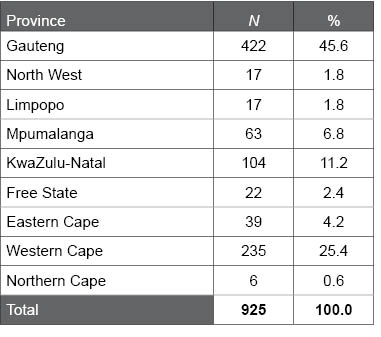
Table F.24. Ethnicity Group Distribution of Ratees in the South African EQ 360 2.0 Normative Sample
The following table summarises the ethnicity group distribution of the South African EQ 360 2.0 normative sample. These proportions are similar to those found in the South African EQ-i 2.0 normative sample.

Table F.25. Education Level Distribution of Ratees in the South African EQ 360 2.0 Normative Sample
The following table summarises the education level distribution of the South African EQ 360 2.0 normative sample. These proportions are similar to those found in the South African EQ-i 2.0 normative sample. Most applications of the EQ-i 2.0 and EQ 360 2.0 in South Africa (and in other countries) are within professional contexts; as such, most of the data were collected about individuals with higher education levels.

Table F.26. Employment Status Distribution of Ratees in the South African EQ 360 2.0 Normative Sample
The following table summarises the employment status distribution of the South African EQ 360 2.0 normative sample. These proportions are similar to those found in the South African EQ-i 2.0 normative sample.

Table F.27. Occupation Area Distribution of Ratees in the South African EQ 360 2.0 Normative Sample
The following table summarises the occupation area distribution of the South African EQ 360 2.0 normative sample. These proportions are similar to those found in the South African EQ-i 2.0 normative sample.

Table F.28. Effect Sizes for Gender, Age, and Rater Type Effects in the South African EQ 360 2.0 Normative Sample
The following table summarises the effect sizes for the effects of the ratee’s gender and age, as well as rater type on the EQ 360 2.0 Total EI score, composite scales, and subscales in the South African normative sample. The d and partial η2 values found in the South African EQ 360 2.0 normative sample suggest negligible or very small effects of the ratee’s gender, age, and rater type. This result means that there is no need to have separate gender-, age-, or rater-type based norms for the South African EQ 360 2.0.
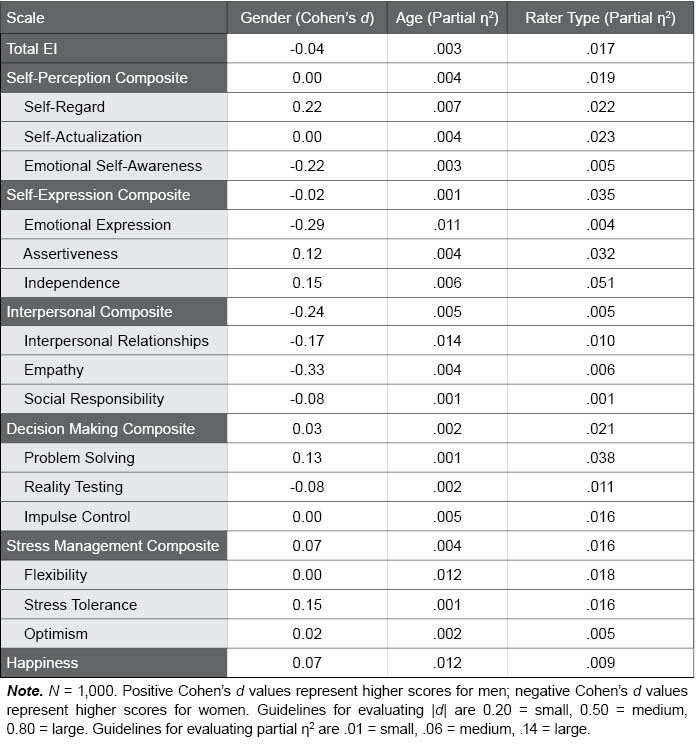
Table F.29. Gender Differences of Ratees in the South African EQ 360 2.0 Normative Sample
The following table provides EQ 360 2.0 standard score scale means and standard deviations for men and women in the South African normative sample. F and p values convey the statistical significance of gender differences; although some results were statistically significant (p values lower than .01), this was due to the large sample sizes, and the effect sizes were negligible for most scales (see Table F.28).

Table F.30. Ratee Age Differences in the South African EQ 360 2.0 Normative Sample
The following table provides EQ 360 2.0 standard score scale means and standard deviations for the various ratee age groups in the South African normative sample. F and p values convey the statistical significance of age group differences; although some results were statistically significant (p values lower than .01), this was due to the large sample sizes, and the effect sizes were negligible for most scales (see Table F.28).
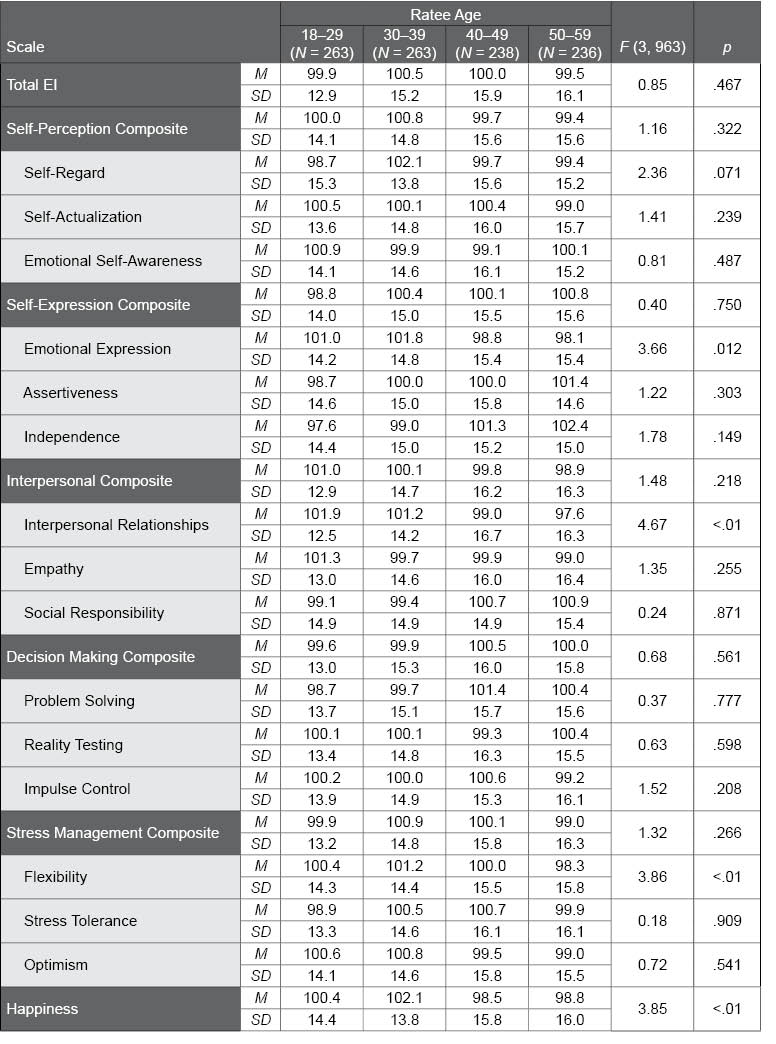
Table F.31. Rater Type Differences in the South African EQ 360 2.0 Normative Sample
The following table provides EQ 360 2.0 standard score scale means and standard deviations for the various rater types in the South African normative sample. F and p values convey the statistical significance of rater type group differences; There were consistent and mostly small effects with Direct Reports providing higher ratings, and Managers providing lower ratings than individuals from other rater types, although the results varied from scale to scale (see Table F.28).
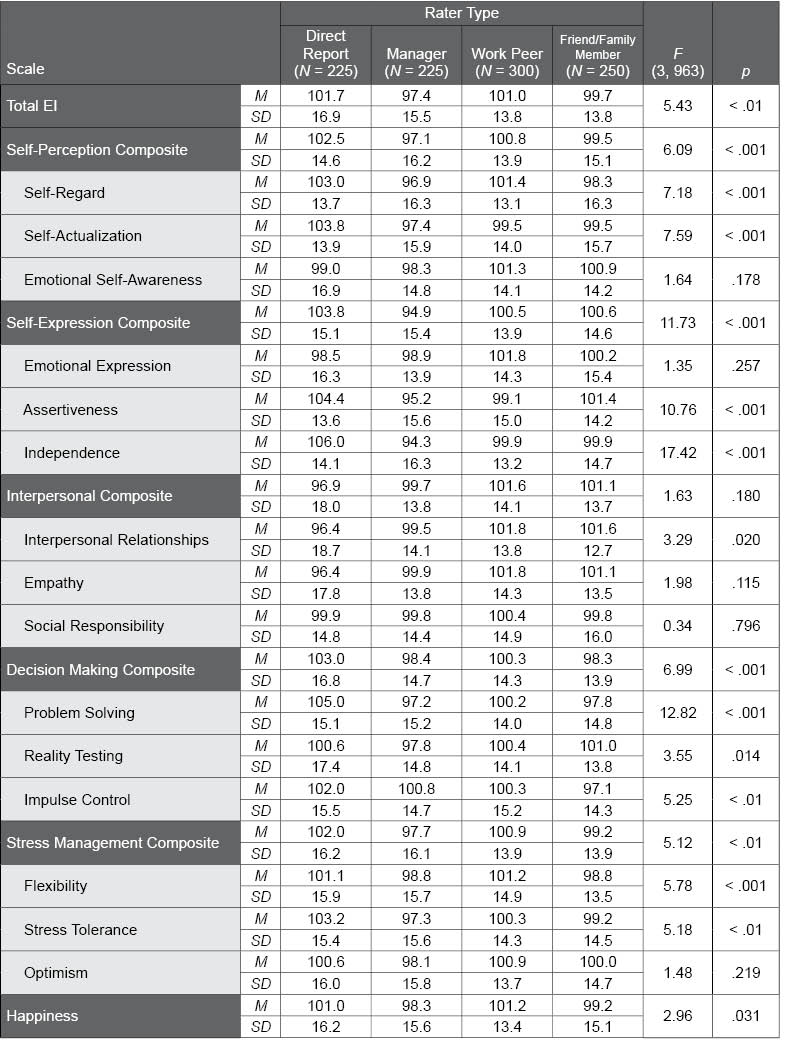
Figure F.7. Histogram of EQ 360 2.0 Total EI Standard Scores in the South African Normative Sample
This figure illustrates the distribution of EQ 360 2.0 Total EI standard scores in the South African normative sample. The distribution of the actual scores approximates the normal “bell-shaped” curve (shown using the black curved line), which suggests that it is unnecessary to apply a normalising transformation to the scores.

Table F.32. South African EQ 360 2.0 Normative Sample Scored with North American EQ 360 2.0 Norms
The following table provides EQ 360 2.0 standard score scale means and standard deviations for the South African normative sample when scored with the North American EQ 360 2.0 Norms, and compared against a mean of 100. Cohen’s d values provide an effect size to describe differences between the samples as small, medium, or large; t and p values provide statistical significance tests for these differences. The results indicate several meaningful differences between EQ 360 2.0 scores obtained from the South African normative sample and the North American EQ 360 2.0 Norms.

Table F.33. Ethnicity Group Differences in the South African EQ 360 2.0 Normative Sample
The following table provides EQ 360 2.0 standard score scale means and standard deviations for the various ethnicity groups in the South African normative sample. F and p values convey the statistical significance of ethnicity group differences; p values lower than .01 suggest significant differences among the ethnicity groups.
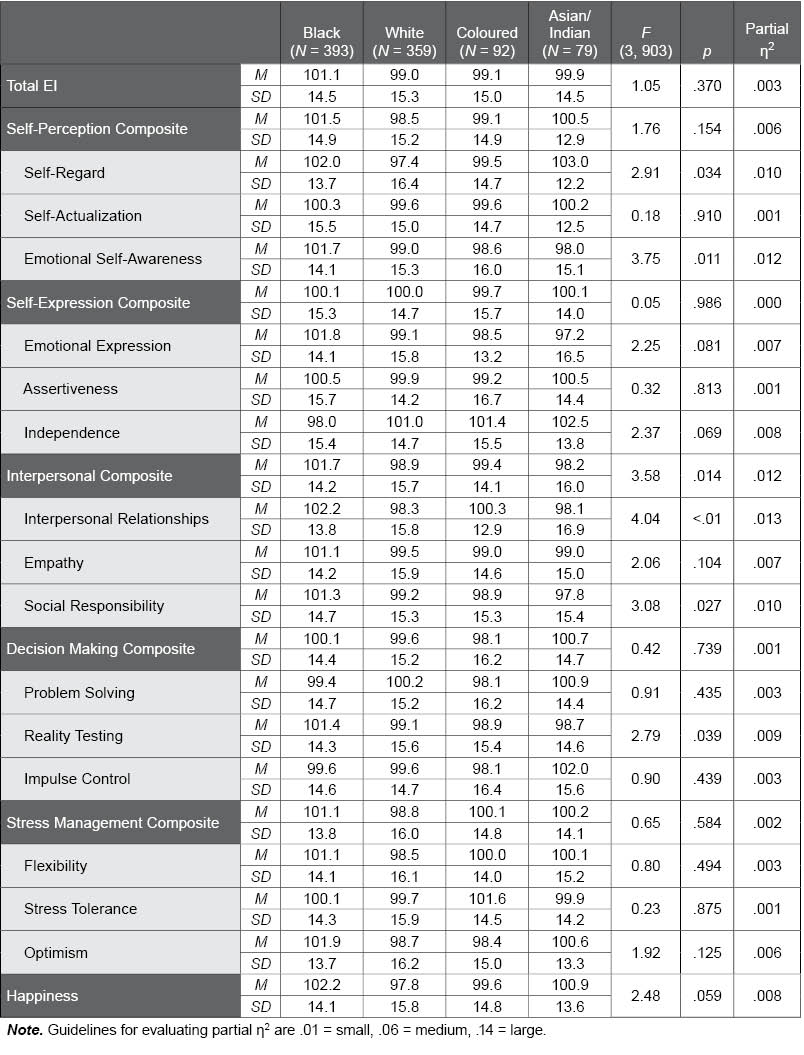
Table F.34. Internal Consistency of EQ 360 2.0 Scales in the South African Normative Sample
The following table summarises the internal consistency (Cronbach’s alpha) values for the EQ 360 2.0 scales in the South African normative sample. Alpha values range from 0.00 to 1.00. Higher values provide evidence for the strong reliability of the EQ 360 2.0, as was found in the South African normative sample.
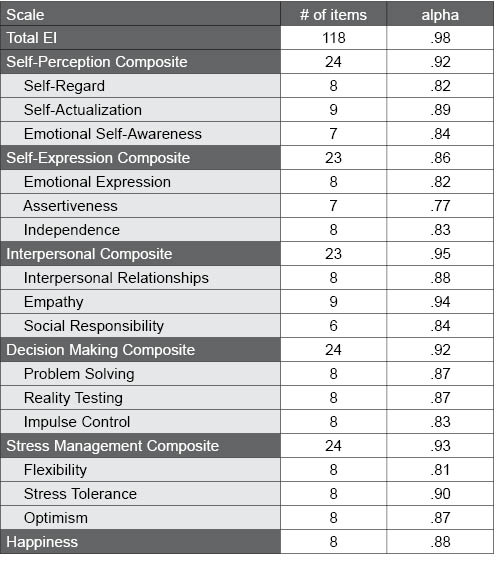
Table F.35. Correlations Among EQ 360 2.0 Composite Scales in the South African Normative Sample
The following table illustrates the correlations among the EQ 360 2.0 composite scales in the South African normative sample. Correlations range from 0.00 to 1.00; higher values suggest the scales are interrelated and measure a common construct (i.e., emotional intelligence). Very high values (e.g., > .90) suggest a unidimensional factor structure. The correlations found in the South African normative sample support both the concept that the scales measure an underlying common construct, as well as the multidimensional factor structure of the EQ 360 2.0.
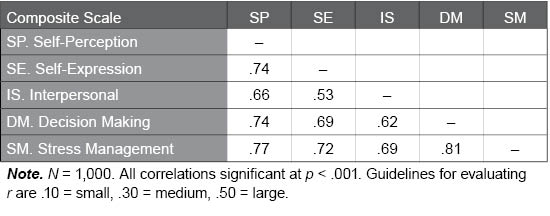
Table F.36. Correlations Among EQ 360 2.0 Subscales in the South African Normative Sample
The following table illustrates the correlations among the EQ 360 2.0 subscales in the South African normative sample. Correlations range from 0.00 to 1.00; higher values suggest the scales share a relevant common psychological characteristic. Shaded cells indicate correlations between subscales within the same composite scale. Moderate to large correlations were found within the composite scales, supporting the multidimensional factor structure of the EQ 360 2.0.






